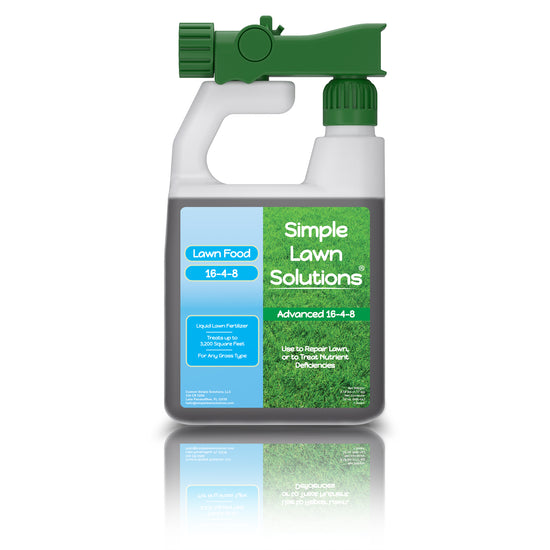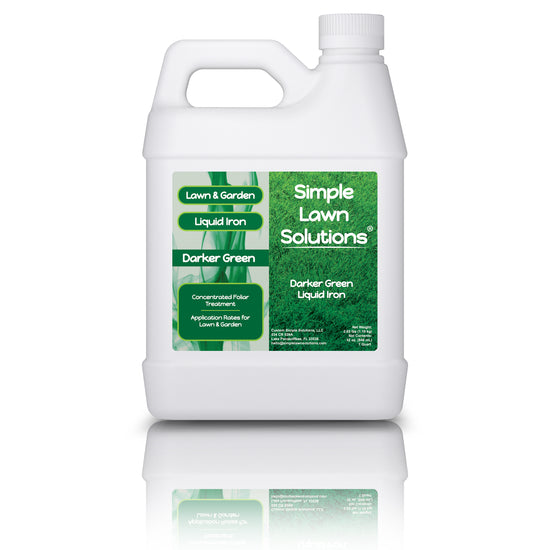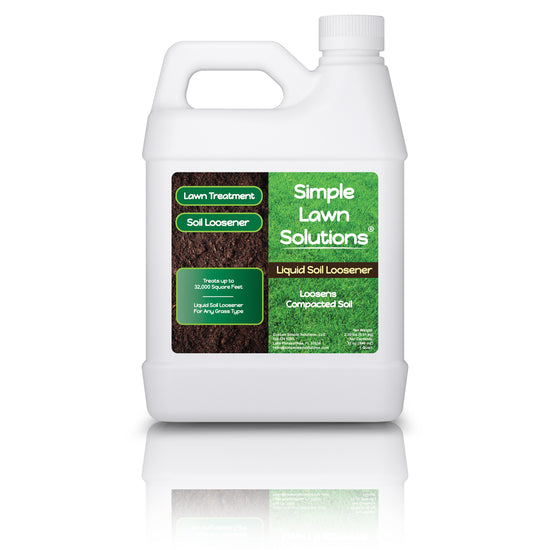
In life and lawn care, too much of a good thing can turn out to be bad. Though we look forward to the summertime and seeing our grass thrive in the warm weather, too much heat can be detrimental to our lawns. Heat stress can manifest in an unpleasant aesthetic and a deteriorated yard.
Fear not; we have the tips and tricks you need to care for your lawn this summer to avoid heat stress. From spotting the signs of too much heat to understanding lawn dormancy, you will walk away equipped and ready to take on summer lawn care and potential heat-stressed lawn issues headfirst.
Signs of a Heat-stressed Lawn
With the hot summer months comes the possibility of heat stress caused by sun overexposure or high temperatures. The first step to spotting any signs of a heat-stressed lawn is to observe your grass for changes. Heat stress will deteriorate and then kill your grass if left untreated.
Signs of a heat-stressed lawn:

- browning grass
- wilting grass
- patchiness
- thinning grass
Once you find what’s causing grass issues, you can work to reinstate optimal health with the right lawn care techniques, products, and timing.
Lawn Care for Heat-stressed Grass
Too much consistent heat and direct sun exposure can be overwhelming to your lawn, but the right techniques don’t have to be. To better take care of your heat-stressed lawn, consider these lawn care tips

- Lawn watering - make sure to water your lawn adequately to provide it with proper hydration. A properly hydrated lawn can cool itself effectively through transpiration.
- Reduce foot traffic - avoid causing further damage to weak and sensitive grass blades during extreme temperatures.
- Don’t mow the grass too low - keep the mower setting higher during heat stress to create a better barrier between the sun and the soil.
Taking extra precautions during this sensitive time frame can make the difference between protecting fragile grass and killing it altogether. While the elements will inevitably affect your lawn, take control with proper lawn care.
Understanding Lawn Dormancy

When your grass enters a state of dormancy, it shuts down and temporarily stops growing. Lawn dormancy is a part of a grasses' natural reaction to cold conditions or heat stress. When there is consistent overexposure to the sun, and it becomes too much for the grass to withstand, it will go into a state of dormancy as a protective measure and remain dormant until the conditions improve.
You can’t control the weather, but while you're waiting for better external conditions, you can help relieve a heat-stressed lawn by thoroughly and deeply watering it. It would be best if you also gained an understanding of lawn dormancy in summer so that you can care for your grass the right way and avoid harsh products that will further damage your weakened lawn.
When to Use a Lawn Care Fertilizer
If you’re worried that your grass is stunted or dormant outside of its natural cycle, there may be an underlying lawn issue. In this case, you can apply a growth booster or lawn care fertilizer. However, if your lawn is heat-stressed, avoid fertilizer products. Lawn fertilizer on a heat-stressed lawn can have the opposite effect and can cause further damage to an already sensitive grass area.
If other issues such as nutrient deficiency are causing your lawn to look worse for the wear, you may want to consider applying fast-acting, nourishing lawn fertilizer. Our liquid lawn fertilizer and other liquid lawn care products are formulated for smaller particle sizes that are quickly and more effectively absorbed by the soil.
Simple Lawn Solutions offers lawn care products to combat any lawn issues, including heat stress, so you can worry less and enjoy your lawn more.










